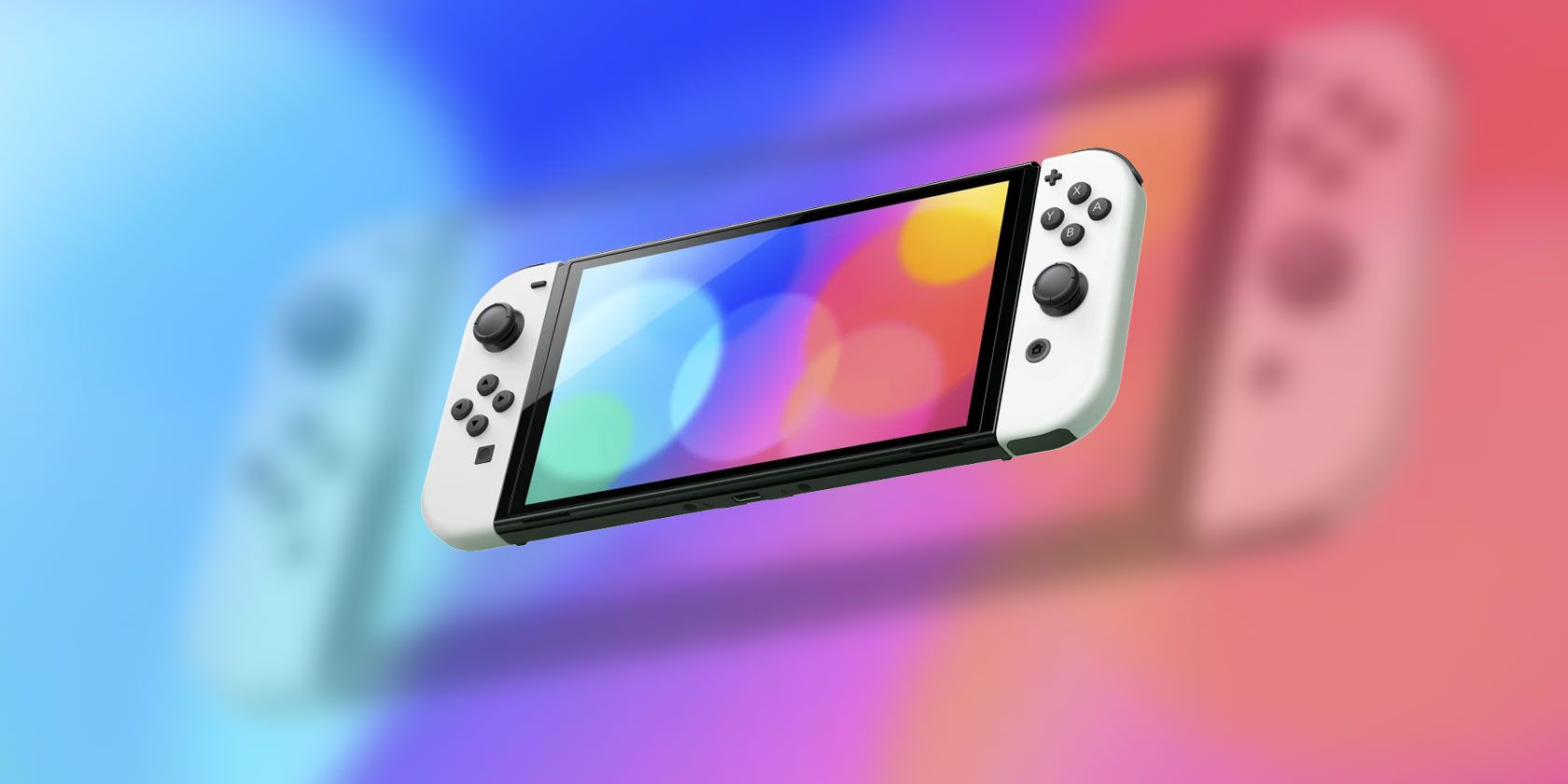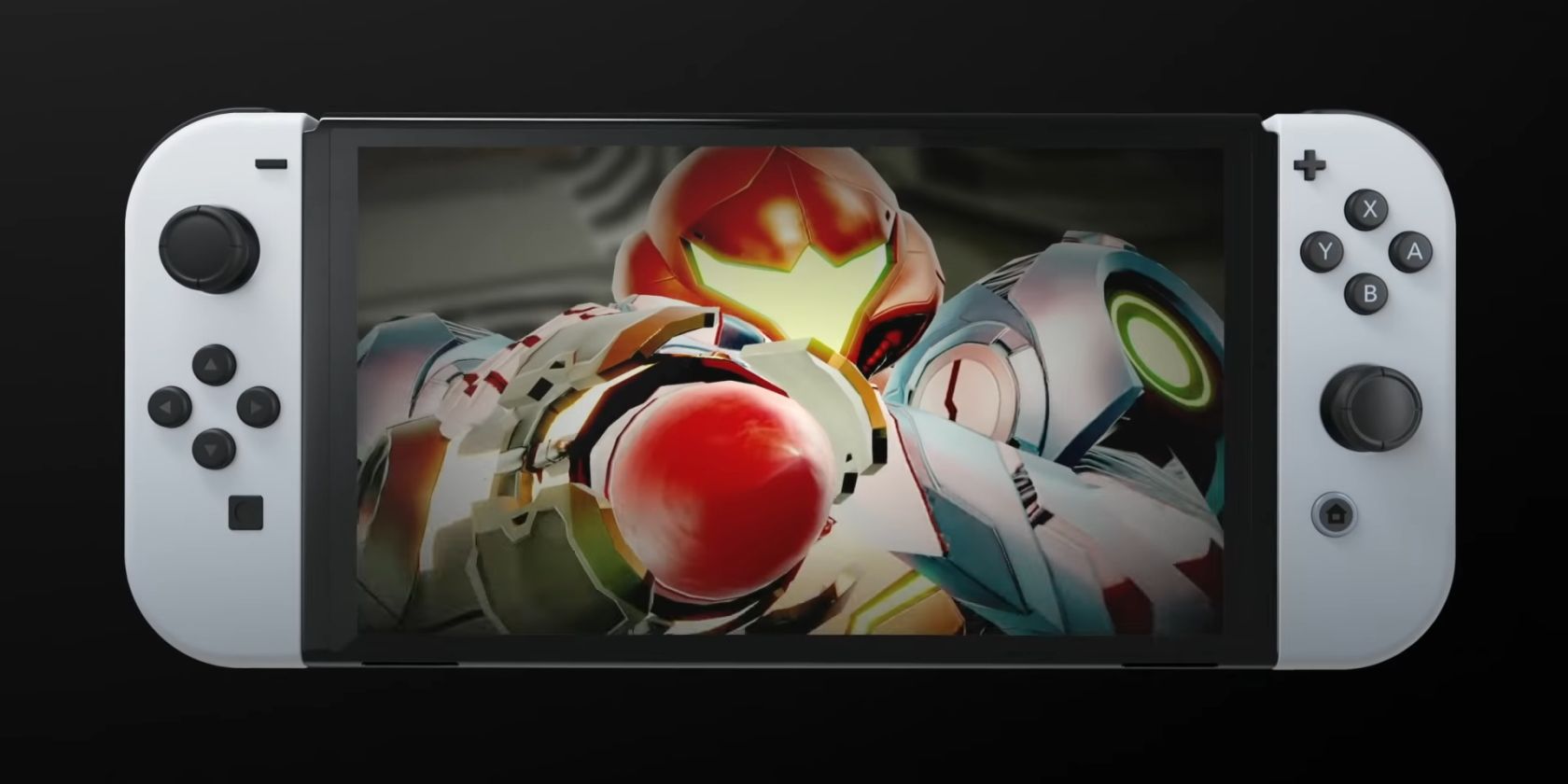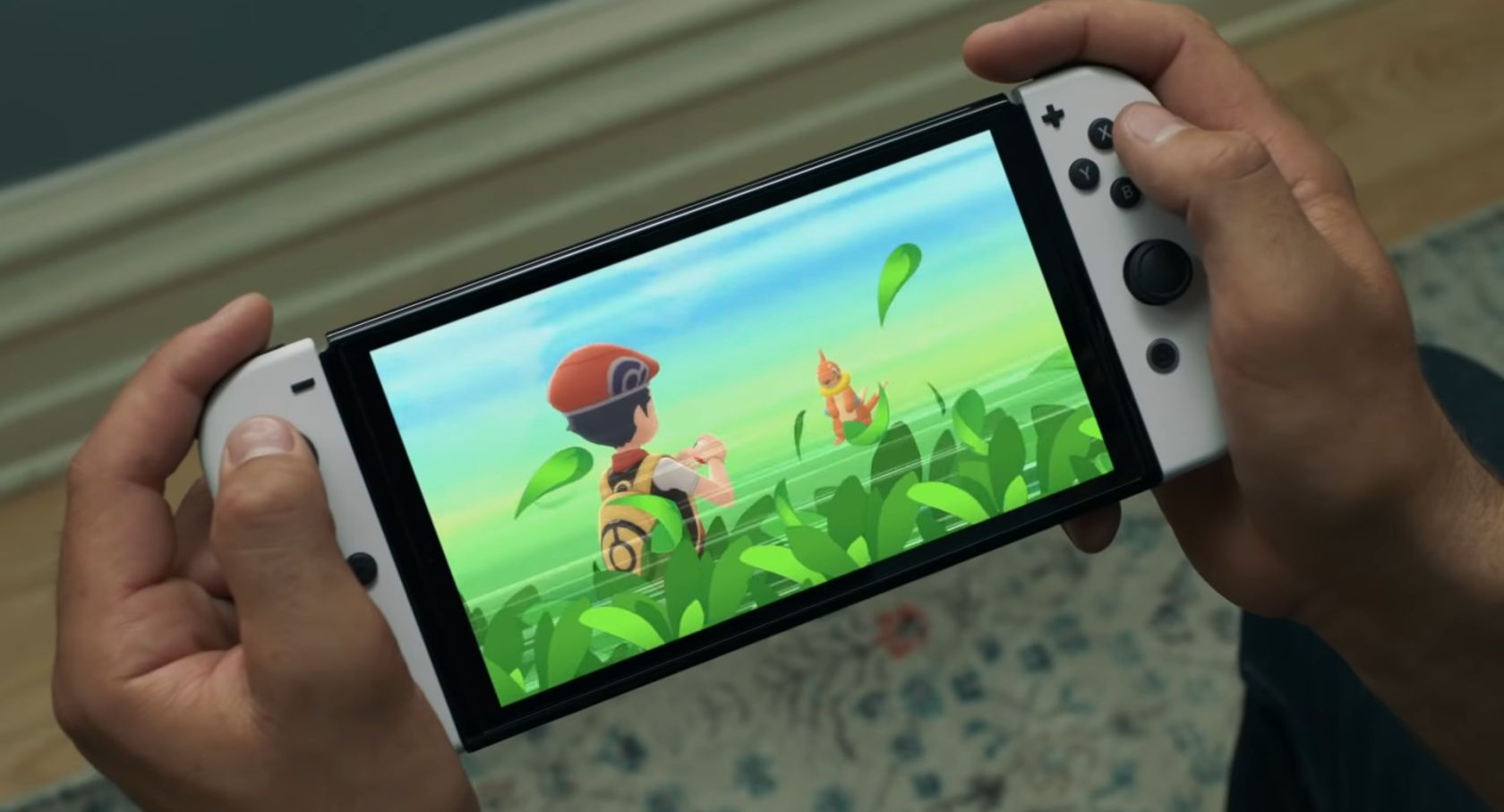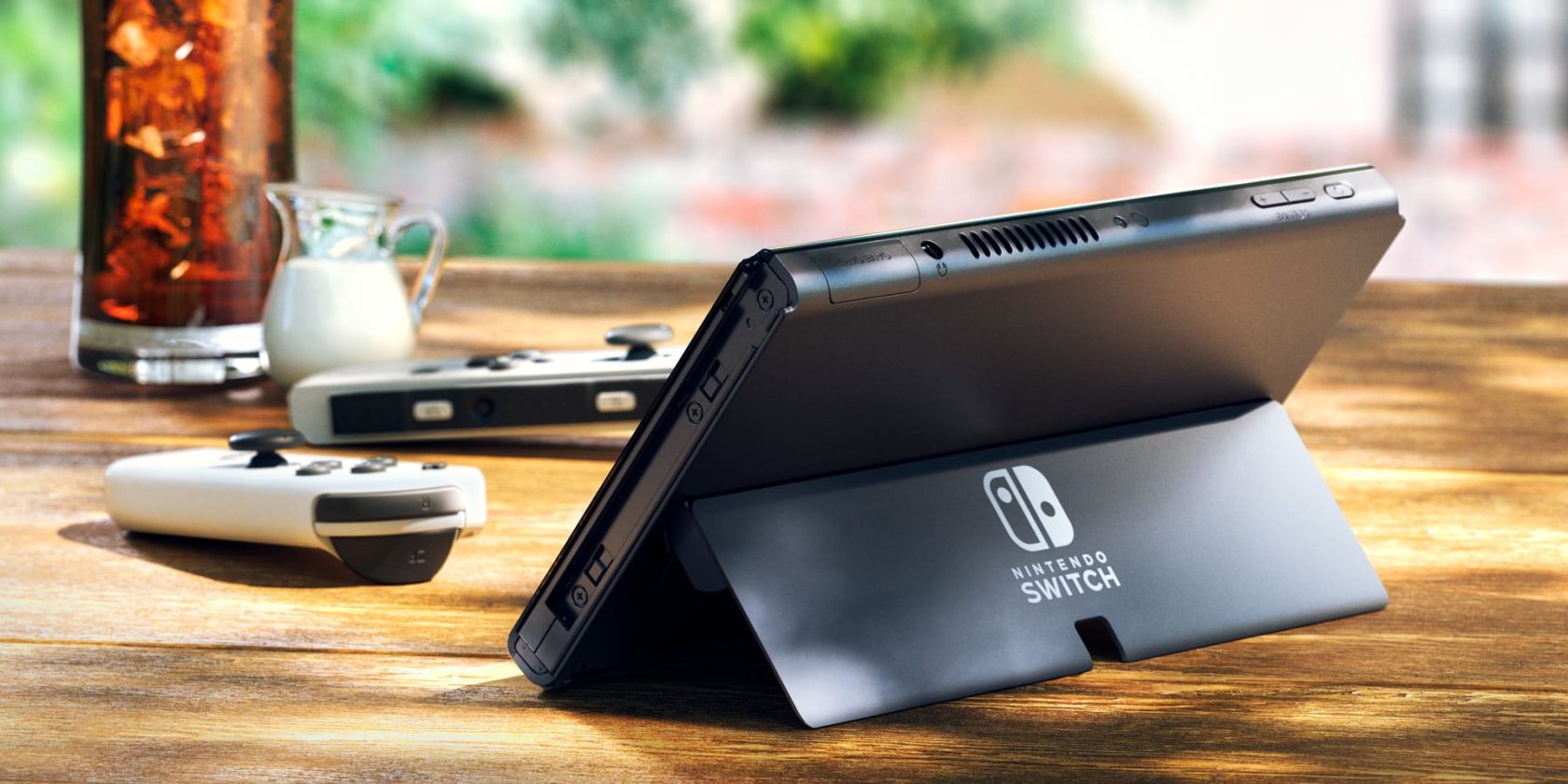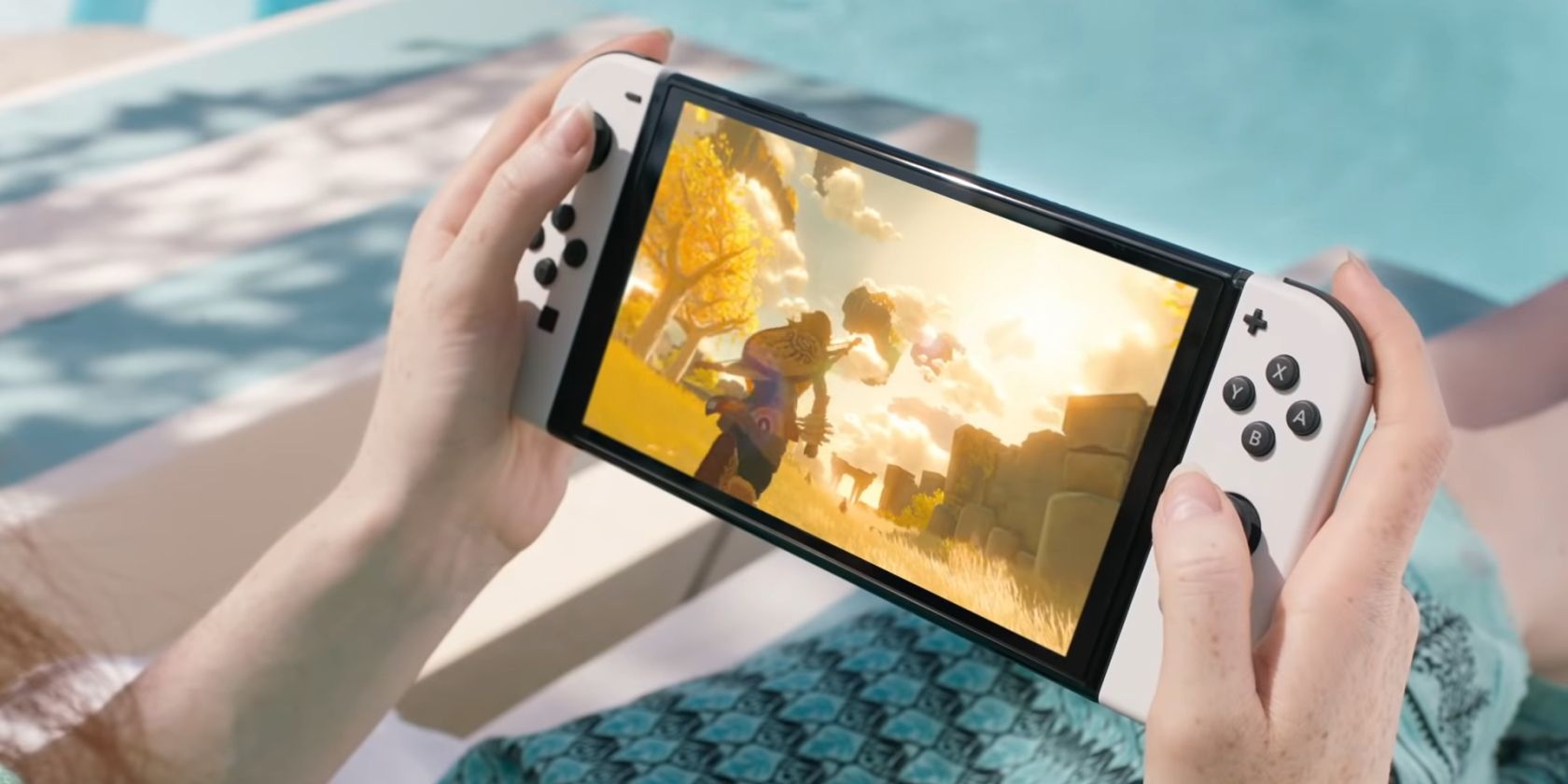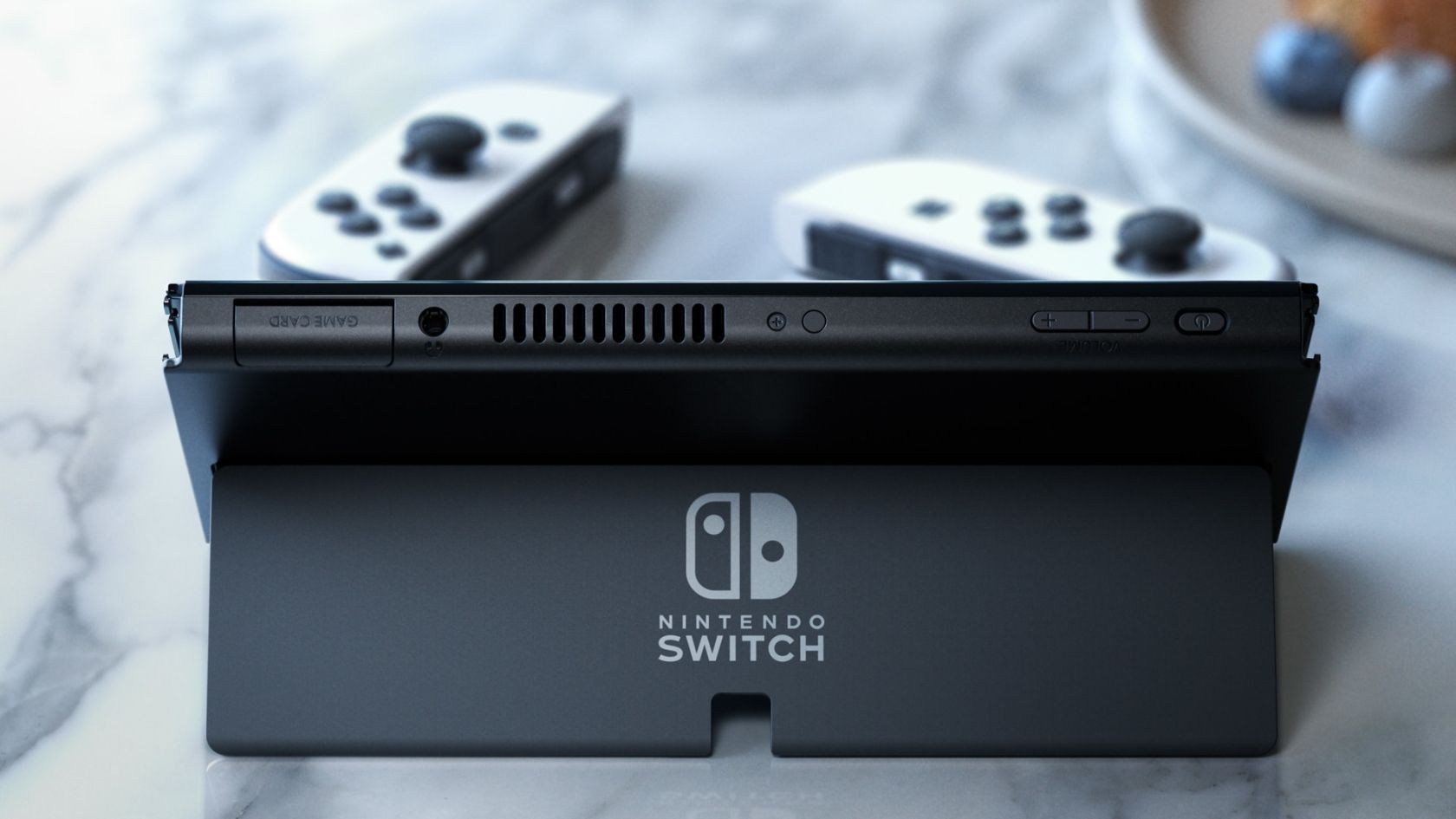Nintendo fans have been patiently waiting years for an improved Nintendo Switch, and it's finally here. Nintendo has released details on the Nintendo Switch (OLED Model), but it is certainly not the Switch you were expecting. Or, the Switch anyone even asked for in the first place.
While the new OLED Switch has some improvements over the original model, they're all very minimal. It doesn't do much to tempt existing Switch owners to upgrade. Here are five reasons we think the new Nintendo Switch (OLED Model) is a tremendous disappointment.
1. The New OLED Display Is Still 720p
If there's one exciting feature about the Nintendo Switch OLED model, it's the new display. As the name suggests, the new Nintendo Switch gets an OLED display that's not only better than the LCD panel on the current Switch, but it's also bigger, measuring 7 inches. But, the one thing that hasn't changed with the display is its resolution.
Seriously, Nintendo? A 720p screen in 2021? This is inexcusable for a handheld, considering how even low-end smartphones have a 1080p screen these days. The OLED screen will surely make a visual difference in terms of color reproduction, make no mistake. But we think all the Switch users would've appreciated a resolution bump a lot more than the OLED upgrade.
Know what the worst part is? Since the screen is now bigger despite being the same resolution, it's easier for you to spot the individual pixels. So, it's weird to see Nintendo add a relatively new display technology while keeping a decade-old resolution standard.
2. No Hardware Improvements
Nintendo uses the good old NVIDIA Tegra X1 processor that powers the original Switch and the same 4GB of RAM. This means there is absolutely no improvement in the gaming performance whether you use the Switch OLED in handheld or docked mode. The only change that we see in the Nintendo Switch (OLED Model) is that it packs 64GB of internal storage instead of 32GB.
The Tegra X1 chip is six years old, and it's not up to 2021's standards. Nintendo should take notes from Sony and Microsoft, who updated their consoles with a mid-cycle hardware refresh.
Fans wanted a more powerful Nintendo Switch, a hybrid console that could compete in the era of the PS5 and the Xbox Series X. In fact, rumors of a beefed-up Switch were floating around for months. The OLED Switch announcement crushed all of our hopes, and that is a disappointment in itself. Nintendo could've easily called this model the Switch XL, as it did with the Nintendo 3DS XL and the Nintendo DSi XL.
3. Price Bump
The Nintendo Switch (OLED model) costs $350, a fifty-dollar premium over the original Switch. Normally, console makers launch refreshed models at the same price point as the outgoing models, but it's quite the opposite in Nintendo's case. Despite being four years old, Nintendo hasn't dropped a penny on the official pricing of the original Switch.
Yes, you get twice the storage for the extra $50, but it really shouldn't matter when most people expand storage space using the microSD card slot.
The company had the perfect opportunity to slash the price of the original Switch and then sell the Nintendo Switch (OLED Model) at $300. The pricing is steep, especially when you pit it against the Xbox Series S that costs just $299 for much better hardware. And for how old the Switch's hardware is, you can only imagine Nintendo's profit margin for each console it sells.
Unless Nintendo exclusives are all you care about, you would be better off spending $50 more on a PS5 Digital Edition, especially if you already own a Switch or Switch Lite. At least, you'll get hardware that'll let you play all the latest AAA games for years to come.
4. No Improvement in Battery Life
The new OLED Switch has the same approximate battery life of 4.5 to 9 hours as the 2019 revision of the Switch. This is surprising because of the new display technology that the Nintendo Switch (OLED Model) uses. OLED panels are usually energy efficient compared to regular LCD panels. This alone should positively impact the overall battery life, but it doesn't look like it according to the official specifications.
Additionally, these OLED panels are a lot thinner since they don't have the typical LCD backlighting. Nintendo could've easily put a slightly bigger battery on the Switch OLED model and improved the battery life by an hour or two, but that did not happen. According to the Japanese console maker, the OLED Switch will last about 5.5 hours when playing The Legend of Zelda: Breath of the Wild.
5. Nintendo Switch (OLED Model) Doesn't Fix Joy-Con Drift
Joy-Con drift is one of the biggest problems that has plagued the Nintendo Switch since its launch. While it doesn't affect every single console, Nintendo shortly offered free Joy-Con replacements to affected users after widespread reports. Those who didn't snag a replacement in time looked for third-party Joy-Cons or controllers instead.
For those who don't know, Joy-Con drift is a problem where the analog stick on the Joy-Con detects movement even when you're not physically pressing it. This affects movement in almost any game you play on the Nintendo Switch, along with selecting options in menus.
Multiple publications reached out to Nintendo to confirm if the new Switch (OLED Model) addresses this problem, but none of them got a direct response. According to a Nintendo representative, "Joy-Con controller configuration and functionality did not change with Nintendo Switch (OLED model)."
We're unsure why Nintendo didn't use this opportunity to fix the Joy-Cons considering all the lawsuits in recent years. Regardless, don't upgrade your current Nintendo Switch or Nintendo Switch Lite, hoping you'll get better Joy-Cons with the OLED model.
Nintendo Switch (OLED Model) Is What the Original Switch Should've Been
Features like the OLED display and the LAN port should've made their way to the original Nintendo Switch back in 2017. The OLED display technology was still popular among smartphones back then, and the LAN port is such a basic feature that everyone expects a console to have.
The new Nintendo Switch (OLED Model) brings nothing out of the ordinary to the table, and if you already own a Switch, it's not worth spending a whole console's price just for that vibrant OLED screen.
Image Credit: Nintendo

